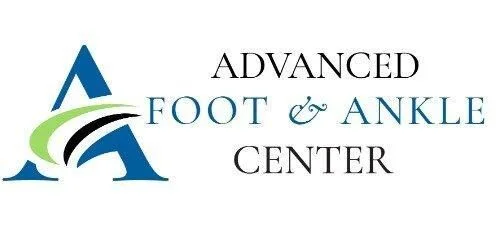Table of Contents
Introduction
Many people that complain of foot pain, may just need an orthotic. Indeed, they should talk to their podiatrist about customized orthotics, but most will settle for cheap, ineffective shoe inserts instead.
If you’re one of those patients who suffer from foot pain and think you need an orthotic, here are some orthotic FAQs to help you learn more about this often understood foot pain relieving treatment:
How are orthotics different from a shoe insert?
Many people think orthotics and insoles are the same.
Truth is, they are not. While both treat foot, ankle and knee pain, orthotics are truly customized to fit a patient’s foot.
Unlike shoe insoles that you can buy at the grocery store, custom orthotics are made specifically for you after a podiatrist has done a thorough evaluation of your feet, ankles, and legs.
There are two main types of orthotics: functional and accommodative. Functional orthotics are used to control and correct abnormal motion and tend to be rigid. Accommodative orthotics are designed to provide support and cushion.
Shoe insoles, on the other hand, are mass-produced and tend to be “one-size-fits-all.” They are not custom made for your feet and provide less support and cushioning than orthotics do. Even insoles that claim to be custom made can’t treat each patient’s unique ailment.
For a truly customized fit, you’ll need a prescription from your podiatrist.
How do I get orthotics?
How are orthotics fitted?
There are multiple ways a podiatrist can fit your feet with a set of truly custom orthotics. The most common include:
- Biomechanical examination
- Gait analysis
- Casting (semi-weight-bearing casting or neutral position casting)
- 3D scanning
Who are orthotics good for?
Orthotics are good for patients of all ages, and best suited for patients whose foot issues make everyday movement difficult or uncomfortable.
Orthotics are also good for patients who don’t need surgery but need corrective treatment.
Children with severe foot, ankle and knee problems whose growth plates haven’t ceased growing, and are, therefore, not great candidates for surgery.
What conditions are eased with orthotics?
Orthotics can be effective treatments for a couple painful, uncomfortable, debilitating foot problems. The most common foot ailments eased and treated by orthotics include plantar fasciitis, arthritis, diabetic foot ulcers, heel pain, and metatarsalgia. Most of these foot conditions affect the joints and bones of the feet as well as foot circulation issues.
Orthotics are also prescribed to treat patellofemoral knee pain, bunions, tendinitis of the Achilles and shin splints.
How much do orthotics cost and are they covered by insurance?
Custom, prescribed orthotics can be pricey, averaging between $300 and $600. Shoe inserts, on the other hand, range from $10-25 and custom inserts can reach the $80 range.
Cost inflation, the foot molding for the casts and the in-depth examination by a podiatrist are all factors that contribute to the high costs of orthotics.
Some health insurance plans cover orthotics either completely or partially. It is important to look at your plan to see what or if orthotics are covered. Even if the cost is partially covered the costs become much more reasonable.
Most plans that cover orthotics require $20-$40 copays to see the podiatrist, which is classified as a specialist.
How long are orthotics worn for?
Those who are prescribed custom orthotics often have a foot issue that requires the constant and long-term wearing of an orthotic. Orthotics are typically worn for many years.
Sometimes surgery is necessary to correct the patient’s foot problem, after which an orthotic may no longer be necessary.
It takes around two weeks to fully adjust to a new orthotic.
How do orthotics work?
Most podiatrists believe that orthotics correct muscles and ligaments into proper positioning which starts a chain reaction that then helps realign bones and joints into correct alignment.
Custom orthotics can be a pricey, though worthwhile investment. Only custom-made orthotics provide the greatest relief of your foot, ankle or knee problem without getting surgery.
Orthotics are similar to insoles, but they are not the same. Insoles are not customized to fit your unique foot shape and size and provide the cushioning and support for your foot’s trouble areas.
If you think that you’re in need of custom orthotics, contact us at Advanced Foot and Ankle Center to schedule a consultation with one of our podiatrists.
Looking to schedule an appointment with a physician?
Schedule an appointment with us by calling us today or by clicking the button below to begin requesting your appointment today!

